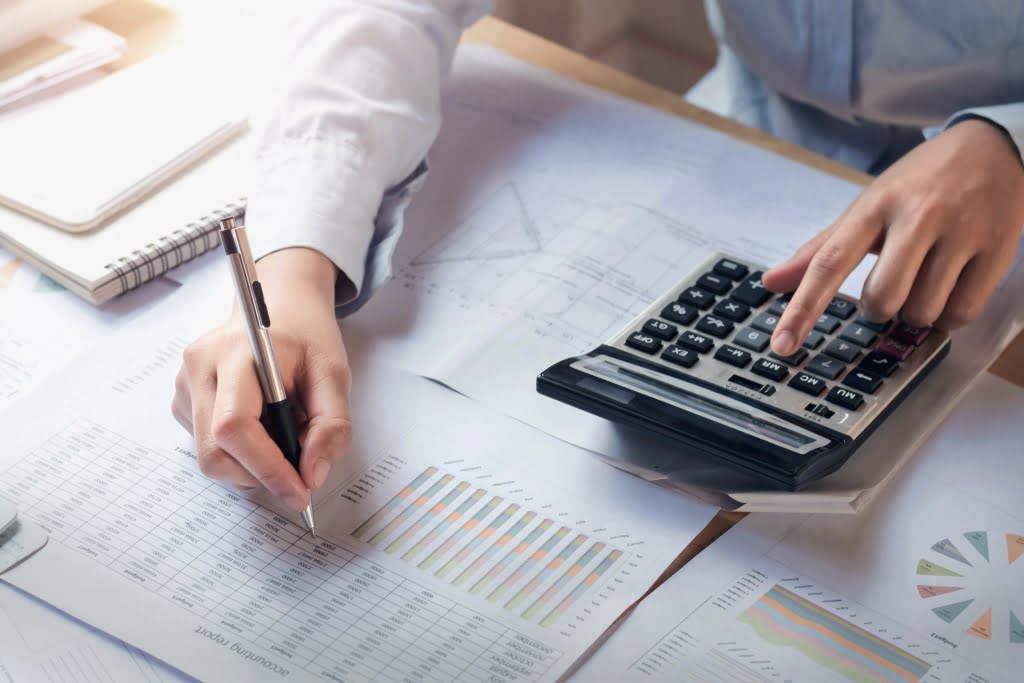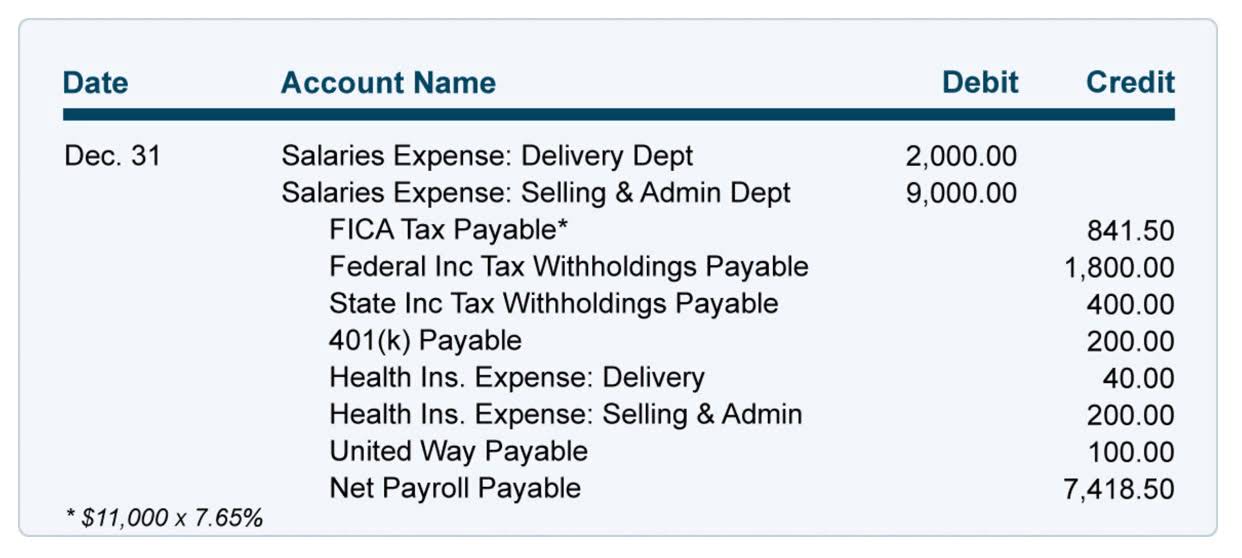- 19 / December 2024
Why would a company use double-declining depreciation on its financial statements?

Bottom line—calculating depreciation with the double declining balance method is more complicated than using straight line depreciation. And if it’s your first time filing with this method, you may want to talk to an accountant to make sure you don’t make any costly mistakes. With the double declining balance method, you depreciate less and less of an asset’s value over time. That means you get the biggest tax write-offs in the years right after you’ve purchased vehicles, equipment, tools, real estate, or anything else your business needs to run.
Great! The Financial Professional Will Get Back To You Soon.
- Understanding the pros and cons of the Double Declining Balance Method is vital for effective financial management and reporting.
- On the other hand, with the double declining balance depreciation method, you write off a large depreciation expense in the early years, right after you’ve purchased an asset, and less each year after that.
- First, the straight-line depreciation rate is determined by dividing 100% by the asset’s useful life.
- The double declining balance method allows businesses to depreciate assets more rapidly in the initial years of their useful life.
- This methodology embraces the reality that certain assets – consider our example of an upscale printer – will inevitably experience rapid depreciation.
At the beginning of the first year, the fixture’s book value is $100,000 since the fixtures have not yet had any depreciation. Therefore, under the double declining balance method the $100,000 of book value will be multiplied by 20% and will result in $20,000 of depreciation for Year 1. The journal entry will be a debit of $20,000 to Depreciation Expense and a credit of $20,000 to Accumulated Depreciation. When performing this adjustment, meticulousness and attention are critical as all financial statements must be updated to accurately demonstrate this shift in calculating depreciation.

How to calculate the double declining balance rate?
Learn how to gather documents and put together back tax returns, even when you don’t have financial records. Recovery period, or the useful life of the asset, is the period over which you’re depreciating it, in years. Our intuitive software automates the busywork with powerful tools and features designed to help you simplify your financial management and make informed business decisions. Accountingo.org aims balance sheet to provide the best accounting and finance education for students, professionals, teachers, and business owners. A factory invests $50,000 in machinery with an expected useful life of 10 years.
Create a Free Account and Ask Any Financial Question

If the double-declining depreciation rate is 40%, the straight-line rate of depreciation shall be its half, i.e., 20%. Therefore, it is more suited to depreciating assets with a higher degree of wear and tear, usage, or loss of value earlier in their lives. Suppose an asset has original cost $70,000, salvage double declining balance method value $10,000, and is expected to produce 6,000 units. Note that the double-declining multiplier yields a depreciation expense for only four years. Also, note that the expense in the fourth year is limited to the amount needed to reduce the book value to the $20,000 salvage value.

Step 4: Compute Final Year Depreciation Expense
Instead, compute the difference between the beginning book value and salvage value to compute the depreciation expense. Under straight line depreciation, XYZ Company would recognize $3,000 in depreciation expense each https://www.bookstime.com/articles/purchases-journal year. To calculate it, you take the asset’s starting value, find its useful life, and then multiply the starting value by double the straight-line rate.

How Streamlined Communication Boosts Efficiency and Profits in eCommerce Businesses
United States rules require a mid-quarter convention for per property if more than 40% of the acquisitions for the year are in the final quarter. Many systems allow an additional deduction for a portion of the cost of depreciable assets acquired in the current tax year. A deduction for the full cost of depreciable tangible personal property is allowed up to $500,000 through 2013. The double-declining-balance method, or reducing balance method,10 is used to calculate an asset’s accelerated rate of depreciation against its non-depreciated balance during earlier years of assets useful life.
Tax lives and methods

The underlying idea is that assets tend to lose their value more rapidly during their initial years of use, making it necessary to account for this reality in financial statements. If something unforeseen happens down the line—a slow year, a sudden increase in expenses—you may wish you’d stuck to good old straight line depreciation. While double declining balance has its money-up-front appeal, that means your tax bill goes up in the future.
- Understanding the tools available for double declining balance depreciation can greatly enhance your financial management skills.
- The DDB method offers several advantages, particularly for businesses with assets that depreciate quickly.
- All such information is provided solely for convenience purposes only and all users thereof should be guided accordingly.
- Companies are also required to disclose their depreciation methods and estimates in the notes to financial statements.
- It coincides neatly with how assets are actually used, bringing lower maintenance expenses at first and consequently enhancing a company’s cash flow.
- While double declining balance has its money-up-front appeal, that means your tax bill goes up in the future.
How do you calculate Double Declining Balance Depreciation?
- The amount of final year depreciation will equal the difference between the book value of the laptop at the start of the accounting period ($218.75) and the asset’s salvage value ($200).
- Where you subtract the salvage value of an asset from its original cost and divide the resulting number– the asset’s depreciable base– by the number of years in its useful life.
- After the final year of an asset’s life, no depreciation is charged even if the asset remains unsold unless the estimated useful life is revised.
- This is determined by subtracting the accumulated depreciation from the asset’s initial cost.
As time elapses using this approach at a rate of 20%, applied to ever-diminishing book values each year leads to progressively smaller annual depreciation expenses. The double declining balance method allows businesses to depreciate assets more rapidly in the initial years of their useful life. This approach benefits assets that lose value quickly or become obsolete at a faster rate. The depreciation rate is calculated by doubling the straight-line depreciation rate. For example, if an asset has a useful life of five years, the straight-line rate would be 20%, making the double declining rate 40%.












